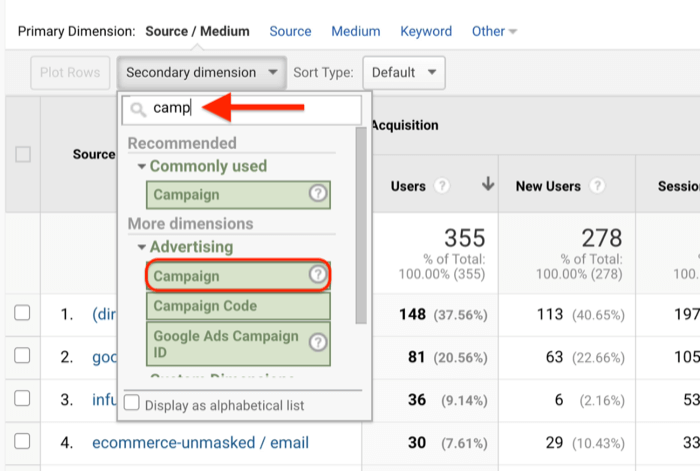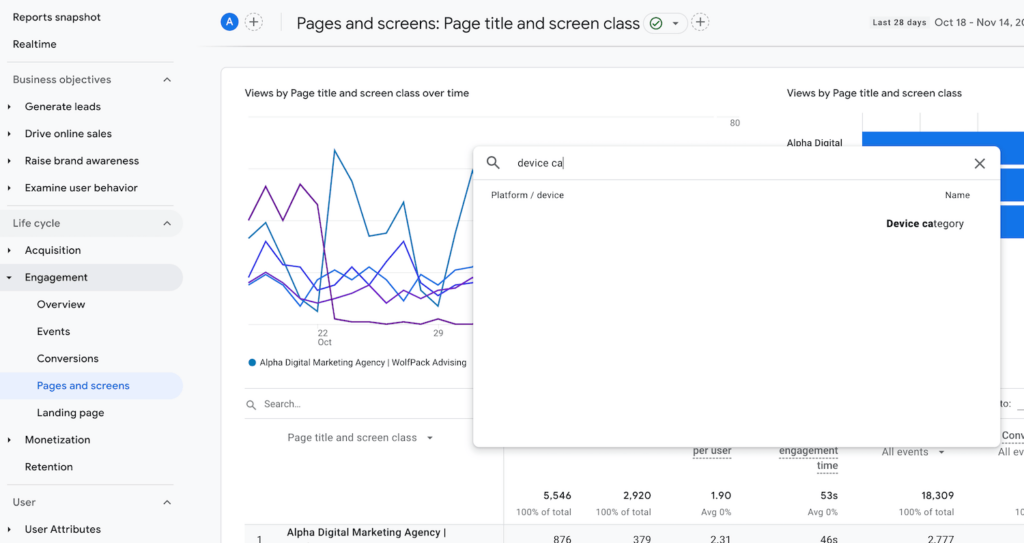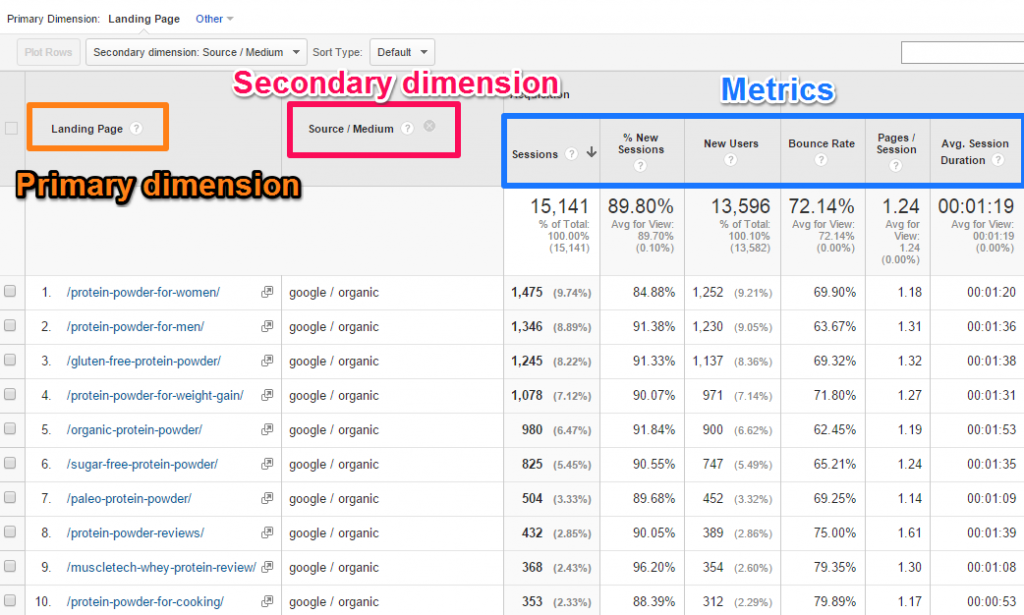Demystifying the 'Secondary Dimension' in Google Analytics: Key Insights
Demystifying the 'Secondary Dimension' in Google Analytics: Key Insights
Blog Article
Browsing the Midst of Additional Dimension in Google Analytics: A Comprehensive Expedition on Its Capability
Secondary measurements, though apparently uncomplicated at initial glance, nurture a wealth of untapped potential waiting to be taken advantage of. As we get started on this trip to explore the nuanced performance of secondary measurements, we will certainly reveal how this attribute can brighten patterns, introduce relationships, and eventually pave the means for notified decision-making in the digital landscape (what is a “secondary dimension” in google analytics?).
Recognizing Additional Dimensions in Google Analytics

Comprehending exactly how second dimensions job is crucial for leveraging the full power of Google Analytics. These measurements assist you address a lot more complicated questions regarding user behavior and the performance of your site material and marketing initiatives. You can make use of additional dimensions to evaluate which internet browsers or devices are most generally utilized by site visitors who make a purchase, or to contrast the bounce rates of different traffic sources. By integrating main metrics with additional dimensions, you can gain beneficial insights that drive educated decision-making and optimization strategies - what is a “secondary dimension” in google analytics?.
Leveraging Secondary Measurements for Data Analysis
Structure upon the fundamental understanding of just how second dimensions boost data evaluation in Google Analytics, the use of these extra layers of info ends up being critical in drawing out useful insights for notified decision-making and optimization strategies. By leveraging secondary dimensions, experts can dig much deeper right into the performance metrics by including more context to the primary measurements, therefore uncovering covert patterns and correlations that might not be evident at first look. This deeper degree of evaluation makes it possible for companies to better recognize user habits, identify trends, and pinpoint locations for renovation.
Moreover, secondary dimensions provide an even more comprehensive view of the data, allowing for division based upon different parameters such as demographics, gadgets, web traffic resources, and a lot more. This division assists in a much more granular analysis, making it possible for businesses to customize their methods and projects to specific audience segments for enhanced targeting and personalization. Basically, the tactical use of secondary dimensions encourages companies to make data-driven decisions that drive growth and success in the electronic landscape.
Advanced Techniques for Secondary Dimension Execution
Discovering intricate approaches to harness the full capacity of second measurements in Google Analytics boosts the deepness and refinement of information evaluation for strategic decision-making. One advanced technique for implementing second dimensions is the use of custom-made measurements. Additionally, combining second dimensions with innovative sections can supply also more granular insights by applying multiple layers of division to the information.
Interpreting Insights Via Additional Measurements

When interpreting insights with second measurements, it is important to take into consideration the context of the information and exactly how various measurements engage with each various other. Understanding pop over here which particular traffic find out sources lead to greater conversion rates or recognizing which tools individuals choose for making acquisitions can supply workable insights for optimizing advertising and marketing projects and boosting overall internet site performance. By carefully analyzing the data with secondary measurements in mind, organizations can make informed choices that drive significant outcomes and boost their electronic visibility.
Maximizing Efficiency With Additional Dimensions

One essential method to optimize efficiency with additional dimensions is by segmenting information extra granularly. This enables you to separate particular aspects that may be affecting your metrics and get find out a better understanding of what drives success or failure in your electronic campaigns. As an example, by incorporating secondary dimensions such as 'device category' and 'touchdown web page,' you can identify which tool types are most effective for certain touchdown pages, allowing you to tailor your methods appropriately.
Furthermore, utilizing secondary measurements can assist you identify fads, patterns, and connections that may not be apparent when evaluating data with primary dimensions alone. This much deeper degree of evaluation can lead to even more informed decision-making and inevitably enhance the total efficiency of your web site or digital marketing projects.
Verdict
To conclude, secondary measurements in Google Analytics play a vital role in boosting data evaluation and providing deeper insights into site efficiency. By using sophisticated methods and interpreting the information effectively, companies can maximize their approaches and boost total performance. Comprehending the functionality of second dimensions is essential for making informed decisions and driving success in the digital landscape.
By leveraging additional measurements, analysts can dive much deeper right into the performance metrics by adding more context to the main measurements, thus uncovering covert patterns and relationships that might not be evident at very first glimpse. One innovative method for implementing second measurements is the usage of customized measurements.Having mastered advanced techniques like customized dimensions and regex for second measurement implementation in Google Analytics, the following important action is interpreting the valuable understandings acquired via these innovative information division methods. Analyzing insights via second measurements includes evaluating the relationships in between the main and secondary dimensions selected, discovering patterns, trends, and connections that might not be quickly obvious when looking at the information in its totality.When analyzing understandings with additional measurements, it is important to take into consideration the context of the data and just how various dimensions interact with each other.
Report this page